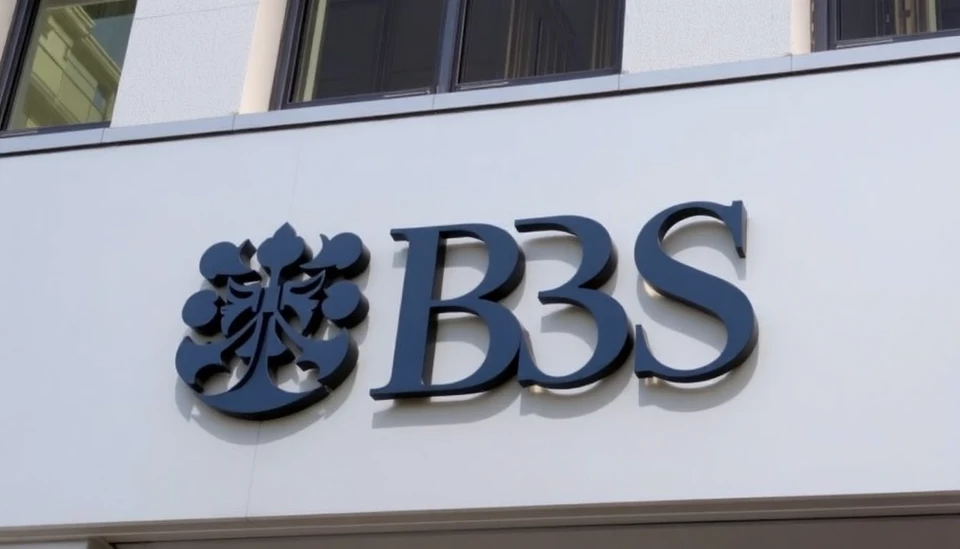
In a recent analysis, Mubadala Investment Company has identified private credit as the best-performing asset class over the past three years. This assertion is particularly notable given the recent fluctuations and uncertainties in the global financial markets, highlighting private credit’s resilience and appeal to investors seeking more stable returns.
According to Mubadala, private credit has not only outperformed traditional asset classes but has also provided significant value following rising interest rates and economic volatility. The private credit sector has garnered increased attention among institutional investors, urging them to diversify their portfolios amid uncertain economic conditions and a shifting interest rate environment.
Historically, private credit has been characterized by its ability to offer favorable yields compared to public bonds, alongside less market volatility. This segment has gained traction as corporations turned to alternative funding sources rather than relying on traditional bank financing. Umbrella terms for private credit encompass a variety of strategies, including direct lending, mezzanine financing, and distressed debt opportunities, which have all seen heightened activity over the last few years.
Mubadala's insights reflect a broader trend within the investment community, where there is an escalating demand for alternative assets. As investors aim to mitigate risk and enhance returns, private credit has emerged as a strong contender, especially in an era where conventional investment routes have been put under pressure.
With the global economy showing signs of instability, asset managers and institutional investors alike are capitalizing on the unique advantages presented by the private credit market. Institutional allocations have increasingly tilted towards private credit strategies, resulting in an influx of capital into this sector.
The outlook for private credit remains promising, bolstered by the continued demand for financing solutions that banks may not always be willing or able to provide. Given the distinct advantages it offers, including a potential hedge against inflation, private credit is expected to retain its status as a favored investment class moving forward into an ever-changing economic landscape.
As investors continue to seek innovative solutions and adaptable strategies, the ongoing evolution of the private credit market will likely play a pivotal role in portfolio management and risk mitigation for the foreseeable future.
In conclusion, Mubadala's findings underscore the strength of private credit as an asset class and its growing appeal to savvy investors. By emphasizing the stability and superior performance of private credit amid challenging market conditions, the report sets the stage for continued interest and investment in this arena.
#PrivateCredit #InvestmentTrends #Mubadala #AssetManagement #FinancialMarkets #AlternativeInvestments #EconomicUncertainty
Author: Samuel Brooks




